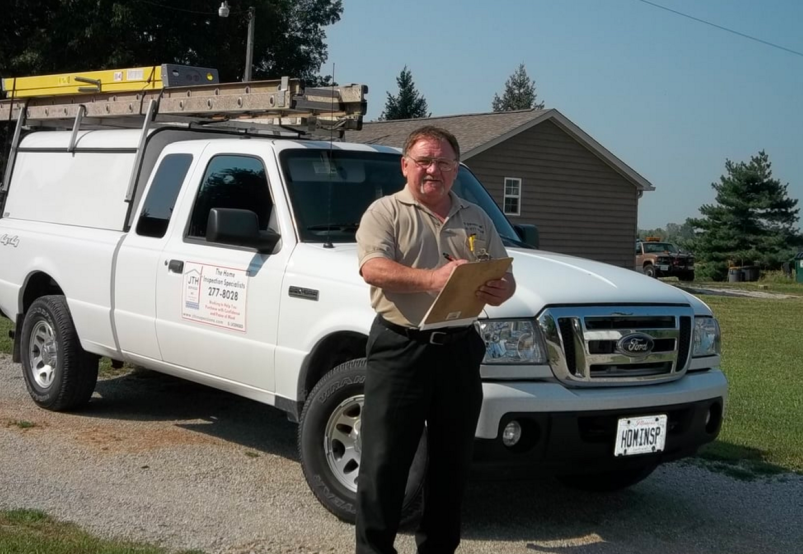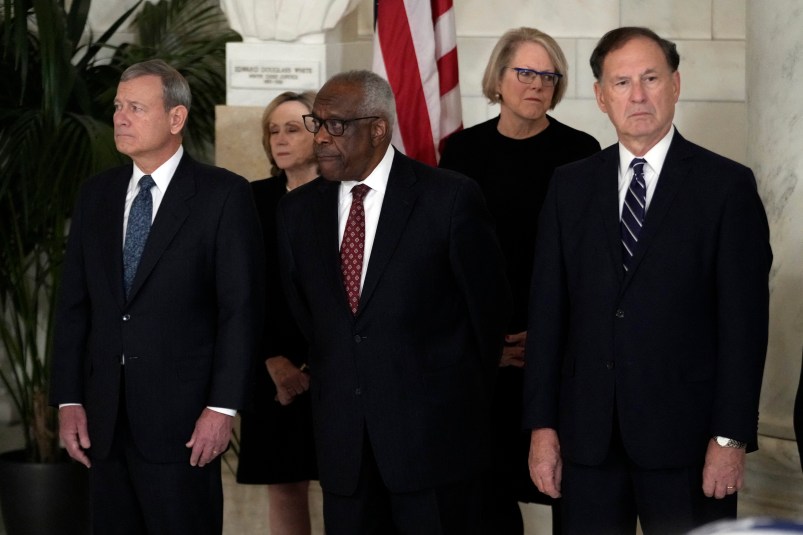Earlier I noted that events like this remind us that America is a uniquely violent society when judged against societies and states which have had relative political stability over the last two centuries. As I noted, four of 45 US Presidents have been murdered in office and more than that number again have survived serious assassination attempts. No other countries which have comparable histories over the same period come even close.
But I got an interesting email from TPM Reader VB in Germany.
I still think the overall point holds up well. But VB notes a pretty telling detail. He listed off five attempted or successful assassinations of German politicians or high ranking government leaders since 1990. (He actually noted six but I think the sixth is better termed a government employee.) They weren’t heads of state. They ranged from prominent national politicians to people running for Mayor. Only one of the five died.
The key is that 3 of the 5 attempted killings were stabbings. Those three survived. Of the shootings, current Finance Minister Wolfgang Schäuble survived a 1990 assassination attempt but was permanently paralyzed. Detlev Karsten Rohwedder, then in charge of privatization of East German state assets, was assassinated by the Red Army Faction in 1991. That was arguably more successful because it was the work of an organized paramilitary group rather than a single assailant.
It is hard to draw too general a conclusion. But it does seem like at least a significant part of the equation is the prevalence of guns. Just to state the obvious, stabbings tend to be easier to survive.
It is worth recalling that a decade before Martin Luther King was assassinated in 1968, he survived another assassination attempt by stabbing. The assassination of Abraham Lincoln was supposed to be a multiple assassination. Lewis Powell was sent to assassinate Secretary of State William Seward. Powell’s gun jammed in a fight with Seward’s son as he made for Seward’s sickbed (he’d sustained a minor injury a few days earlier). Without a gun, he used a knife and stabbed Seward repeatedly.
Seward was gravely wounded but survived.
These observations don’t have immediate or obvious policy solutions which seem at all feasible or realistic in anything like our current political reality. Most European countries radically constrain the ability of private individuals to own guns, especially for self-defense. Gun ownership is tightly regulated in Germany. But firearms ownership is actually widespread – mainly for competitive shooting and hunting.
The basic fact is simple and obvious. The widespread presence of guns dramatically magnifies the lethality of the range of mental illness, political dispute, personal vendetta and untethered anger that is more or less universal in modern societies and frankly the human condition. Certainly this would all be different if firearms were not so widespread in the United States, easy to acquire and so deeply imbedded in American culture.
I still believe that violence and specifically political violence are uniquely prevalent in American society when judged against other societies maintaining high levels of political stability. We should remember that historically, it’s not just that widespread gun ownership drives high levels of violence in the US but that endemic violence has driven gun ownership. It’s not a way one relationship. The two phenomenon have synergized each other over time. Whether that is still the case is more debatable.
We are left with the simple reality that high levels of violence are deeply rooted in American society, especially in specific regions. Regardless of how much guns cause that violence they radically magnify its lethality.







